8 Facts Not Many People Know About Puerto Rico
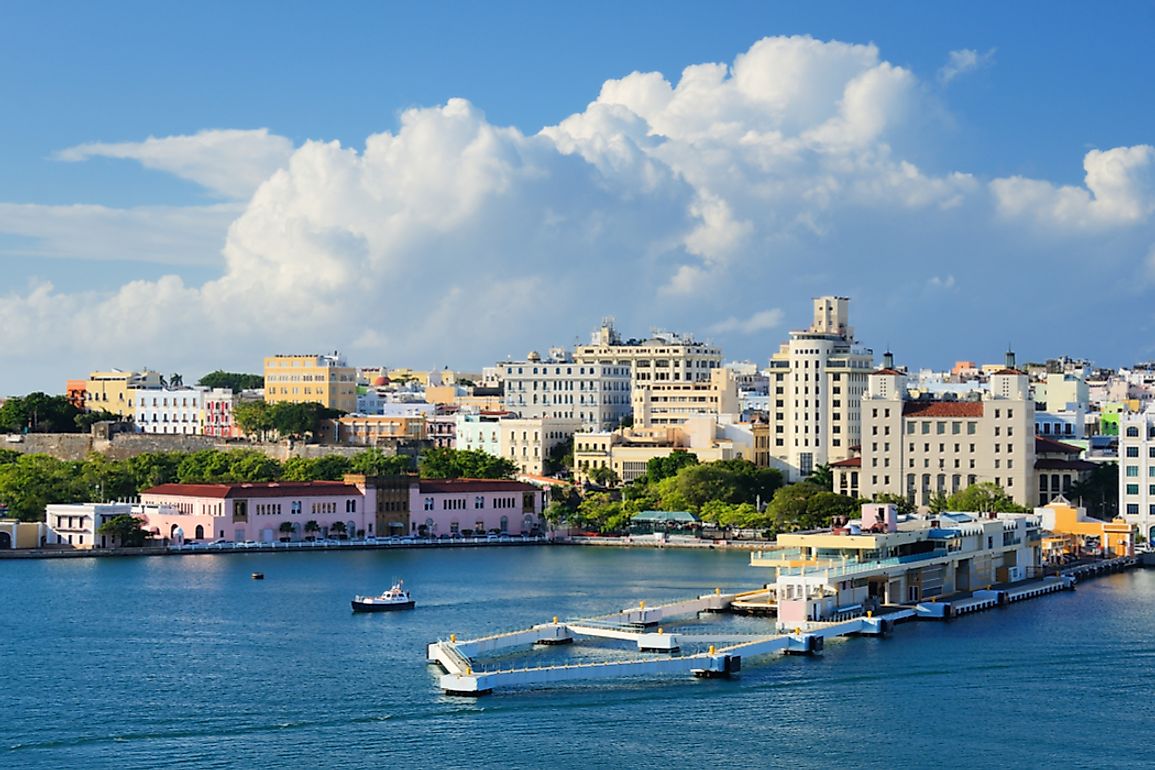
- Puerto Rico has 501k of coastline
- The capital is San Juan
- Puerto Rico was first discovered by Christopher Columbus in 1493
Just east of the Dominican Republic, on an island all to itself, the American territory of Puerto Rico sits in the Caribbean Sea. This small piece of America in the azure waters is a storied piece of land, with a colonial history dating back to Columbus himself, and pre-colonial history dating at least 3500 years before this.
While part of the US for over 100 years and larger in population than 22 states, Puerto Rico hasn't been integrated as a full US state, and as such, the population doesn't get to vote for president or have any representation in the congress of the United States. On top of this, with only 1663 kilometers from Miami to San Juan, Puerto Rico, the trip between the island and the continental US is only a 2.5-hour flight, much shorter than the 5 hours between Los Angeles and Honolulu.
Want to know more details about "The Isle of Enchantment?” Check out these facts about the "51st State" to understand a little bit more about the island of Puerto Rico.
8. Its Landscape and Inhabitants
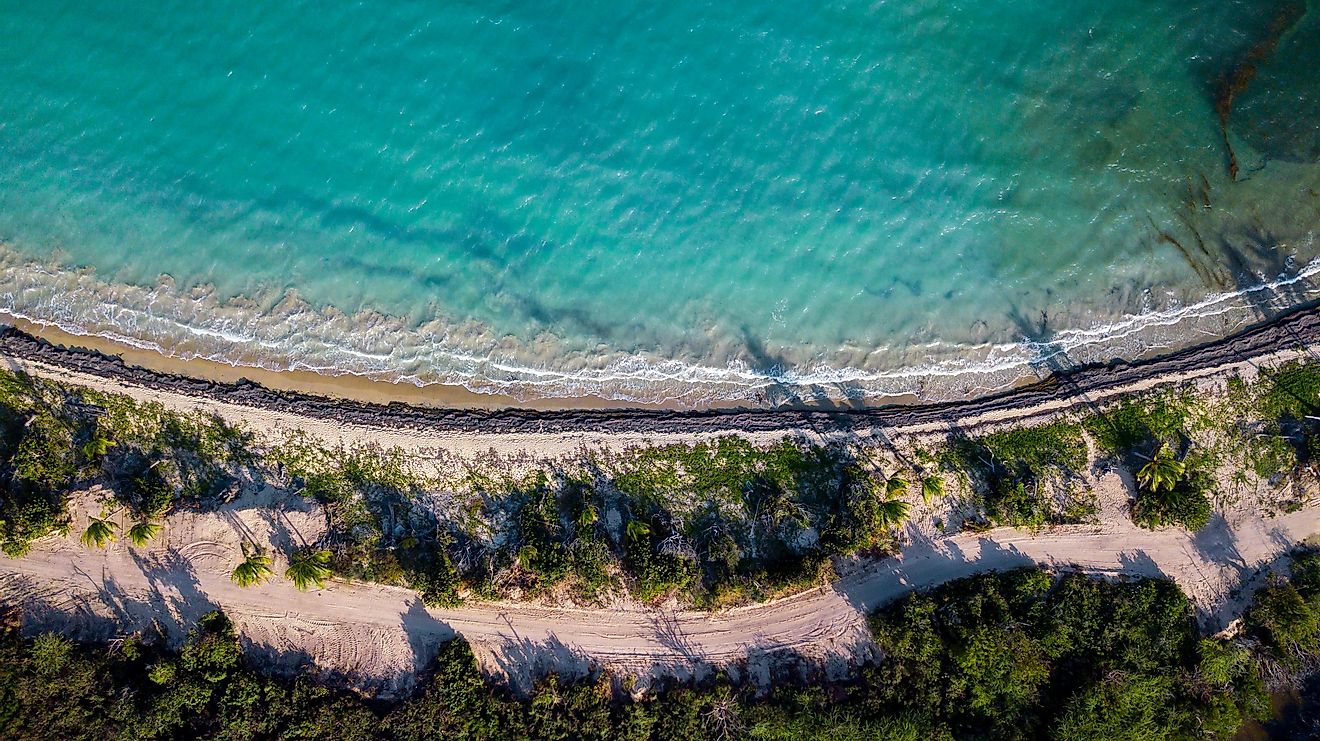
Puerto Rico is the second smallest of the Greater Antilles Island group in the West Indies, with Cuba being the largest, and the Cayman islands being the smallest.
The other inhabited islands of Puerto Rico are Vieques and Culebra, but there are 140 other small islands or islets which belong to it.
Puerto Rico is about the size of the state of Connecticut, with a mountainous center, large coastal areas and hundreds of beaches, many of them spectacular. Puerto Rico is very densely populated, with about a third of its citizens living in the San Juan area on the north side of the island.
7. How Puerto Rico Became a US Territory
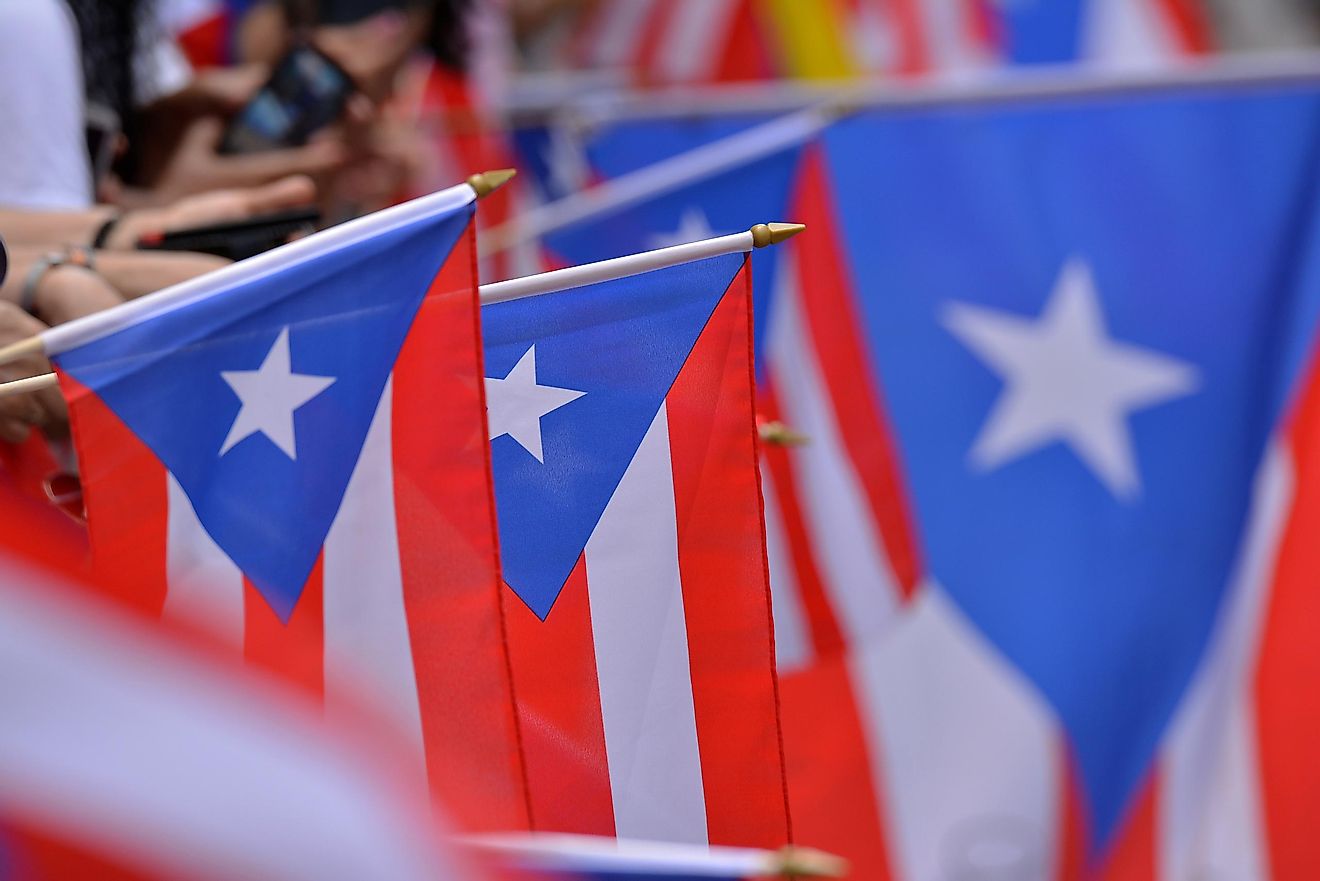
Christopher Columbus explored the island on his second expedition to the New World in 1493 and Spain held it for more than four centuries. On January 1, 1898, the Spanish gave Puerto Rico limited autonomy, but it was short-lived.
In July of that year, the U.S. invaded the island during the Spanish American War, which was fought in part over control of the Caribbean. By the end of the year, Spain had ceded Puerto Rico to the U.S.
In 1917, the United States made Puerto Ricans U.S. citizens, but it remains a territory and not a state. After WWII, the U.S allowed Puerto Rico to elect a governor and in 1953 declared it a commonwealth. Today, Puerto Ricans are not required to pay income tax but they also don’t have congressional representation and can’t vote for President.
6. The History of its Inhabitants
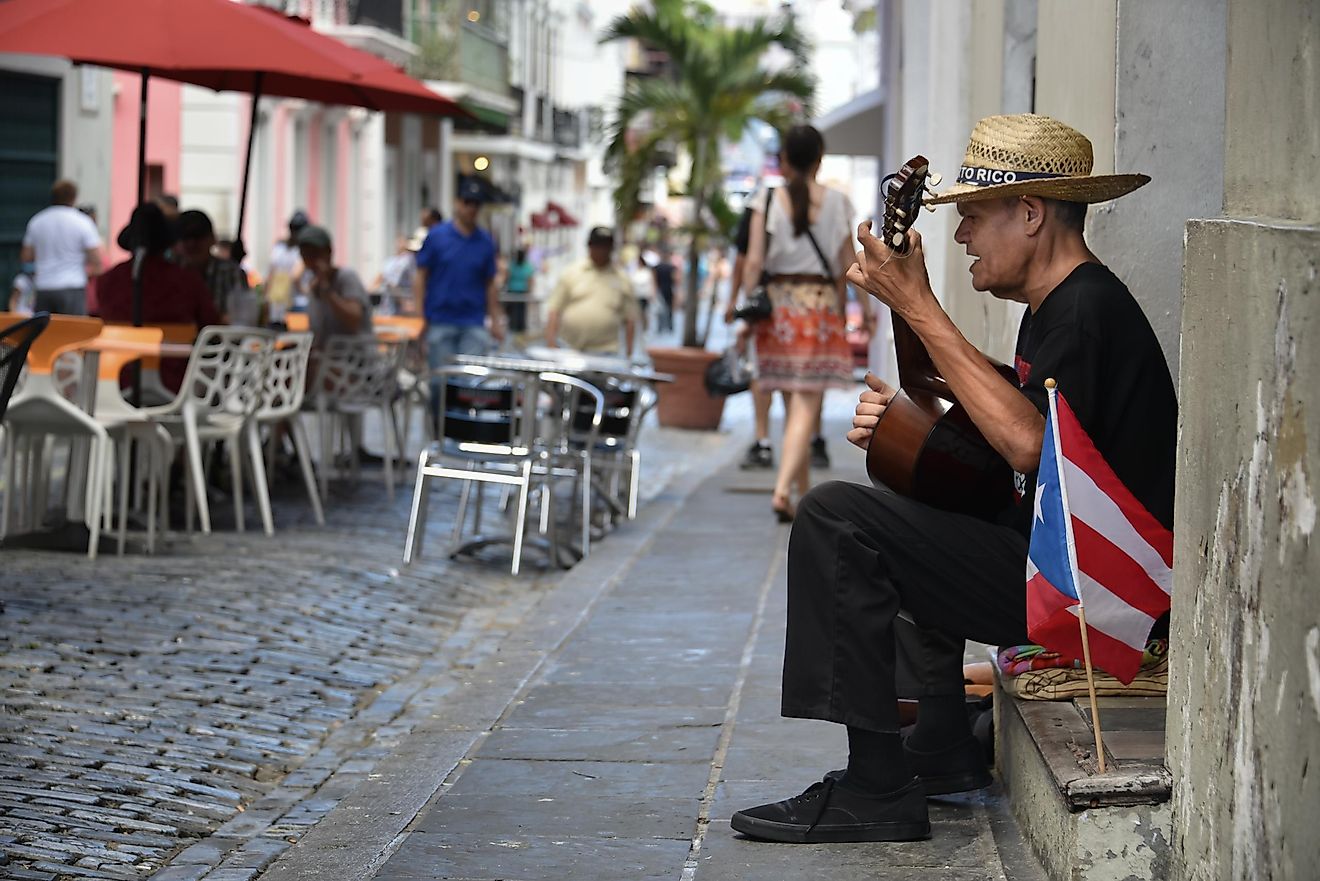
Puerto Rico is a combination of cultures. The original inhabitants were Taino, a tribe who were all but wiped out by the Europeans through disease and aggression.
Africans were brought to the island as slaves to work on the sugar cane plantations. The groups blended to create a local culture known as creole - but not the New Orleans kind. The word goes back to the 16th century and was used to describe anything and anyone with a mixed European and native heritage.
Today, more Puerto Ricans live in the U.S. than on the island, due to decades of people emigrating in search of economic opportunity. Islanders sometimes call emigrants to New York “Nuyoricans,” which is not always a compliment, and refer to themselves as “Boricuas”.
5. Home of the Pina Colada and Native Cuisine
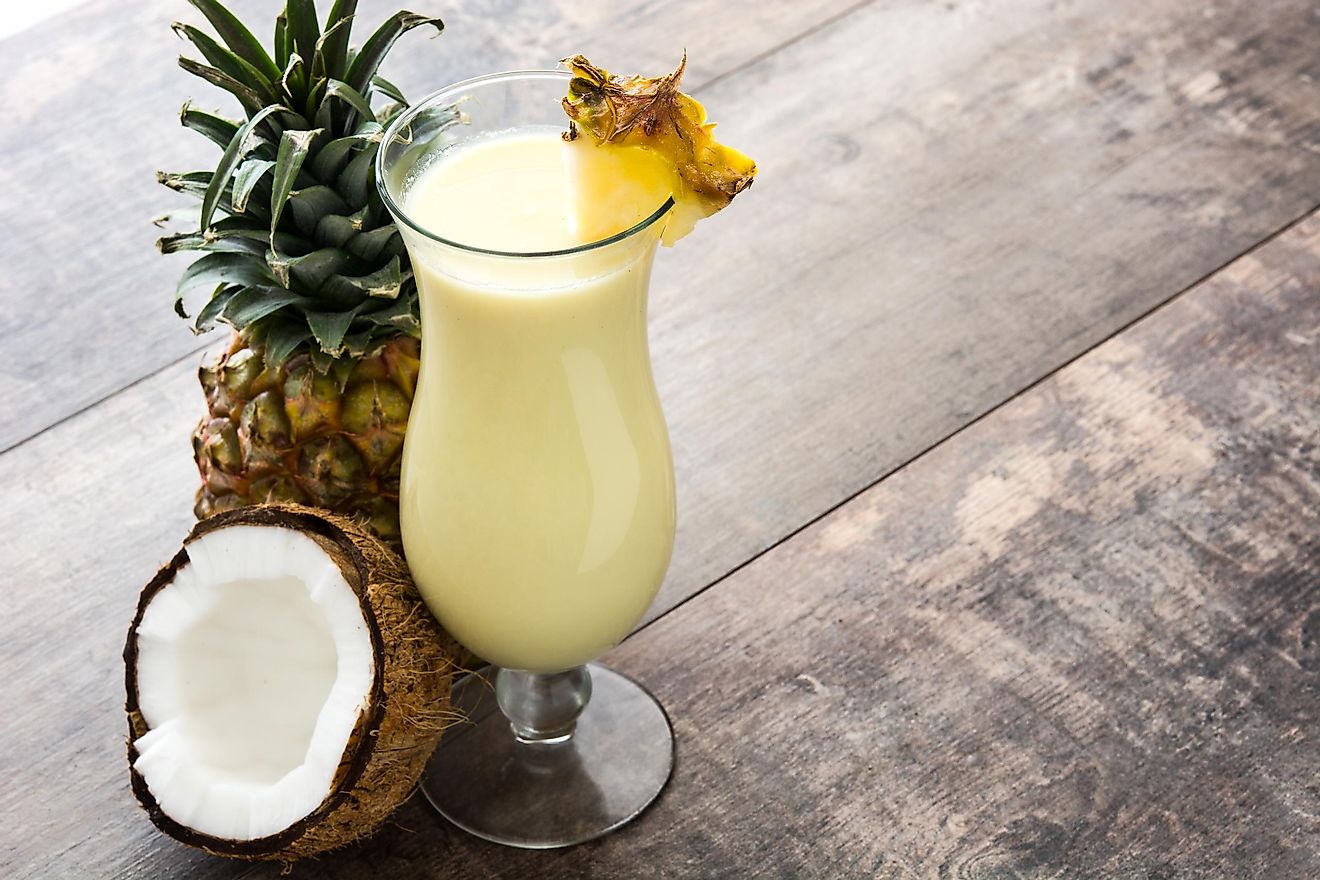
They’ve been making rum, and lots of it, on the island since the 16th century. The Barrachina Restaurant claims that in the 1950s, a former bartender created one of the most famous rum cocktails, the Pina Colada.
The local cuisine is called Cocina Criolla, or Creole Cuisine. Like the culture that devised it, it’s is a mix of Spanish, African and native ingredients. The Taino contributed yucca, peppers, and corn. The Spanish brought olive oil, cilantro, beef, and garlic. Africans used plantains and coconuts. Everyone took advantage of the seafood. Unsurprisingly, stews are a big part of Cocina Criolla.
4. Music and Dance of Puerto Rico
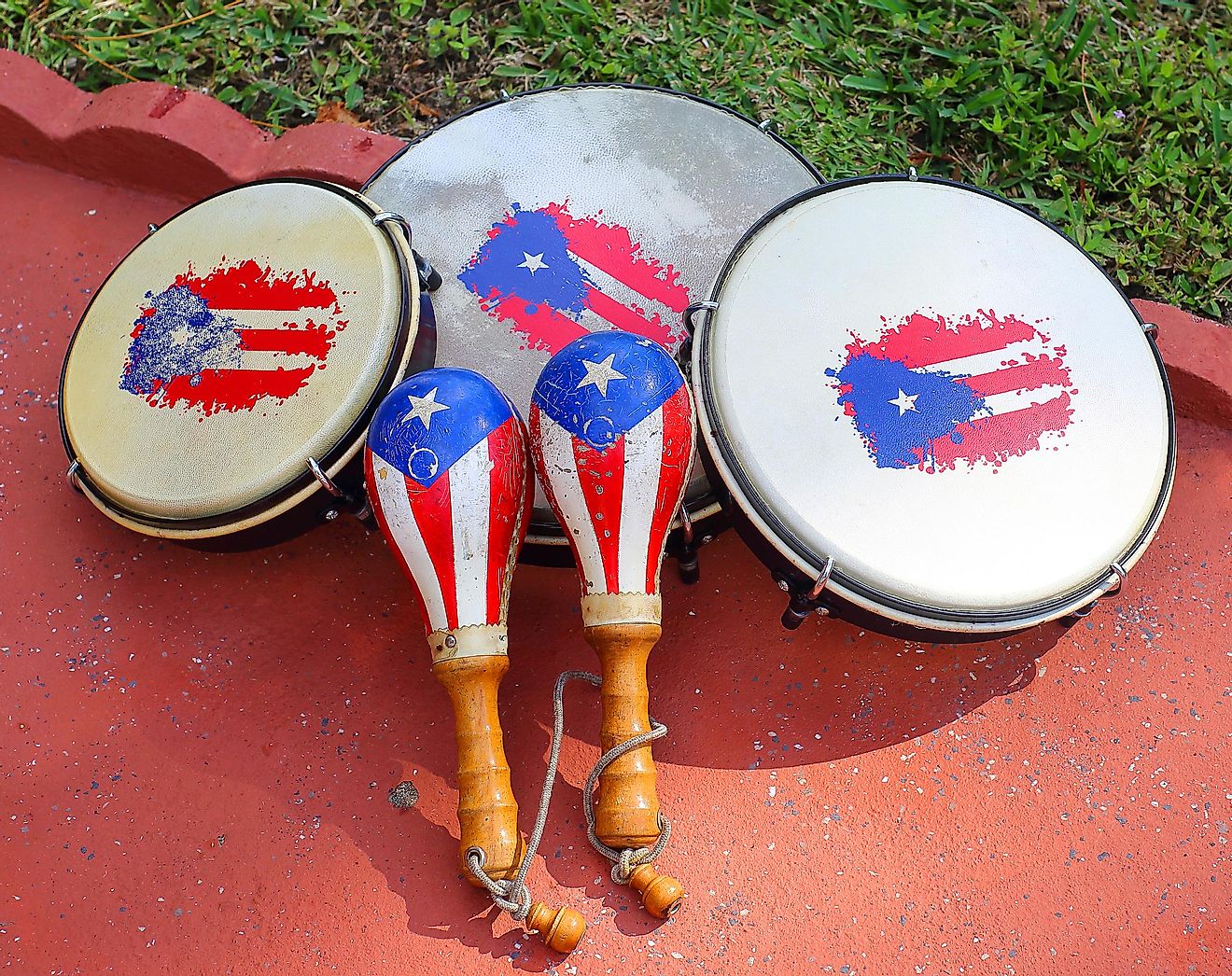
Cuba and Puerto Rico both claim bragging rights to the creation of one of today’s most popular Latin music genres– salsa. But the true birthplace is on another island - Manhattan. When emigrants brought Latin rhythms and percussion to the States, they fused them with American jazz and other popular music to create salsa.
Musical forms truly unique to Puerto Rico are Bomba, which was sung by African slaves in the cane fields since the 17th century, and Plena, which emerged from the barrios in the early 20th century. Plena is sometimes called a “singing newspaper” because the lyrics reflect contemporary events. Whatever the style, music is pervasive in Puerto Rico, performed in parks, clubs, concerts and family gatherings.
3. Devastating Weather in Recent Years
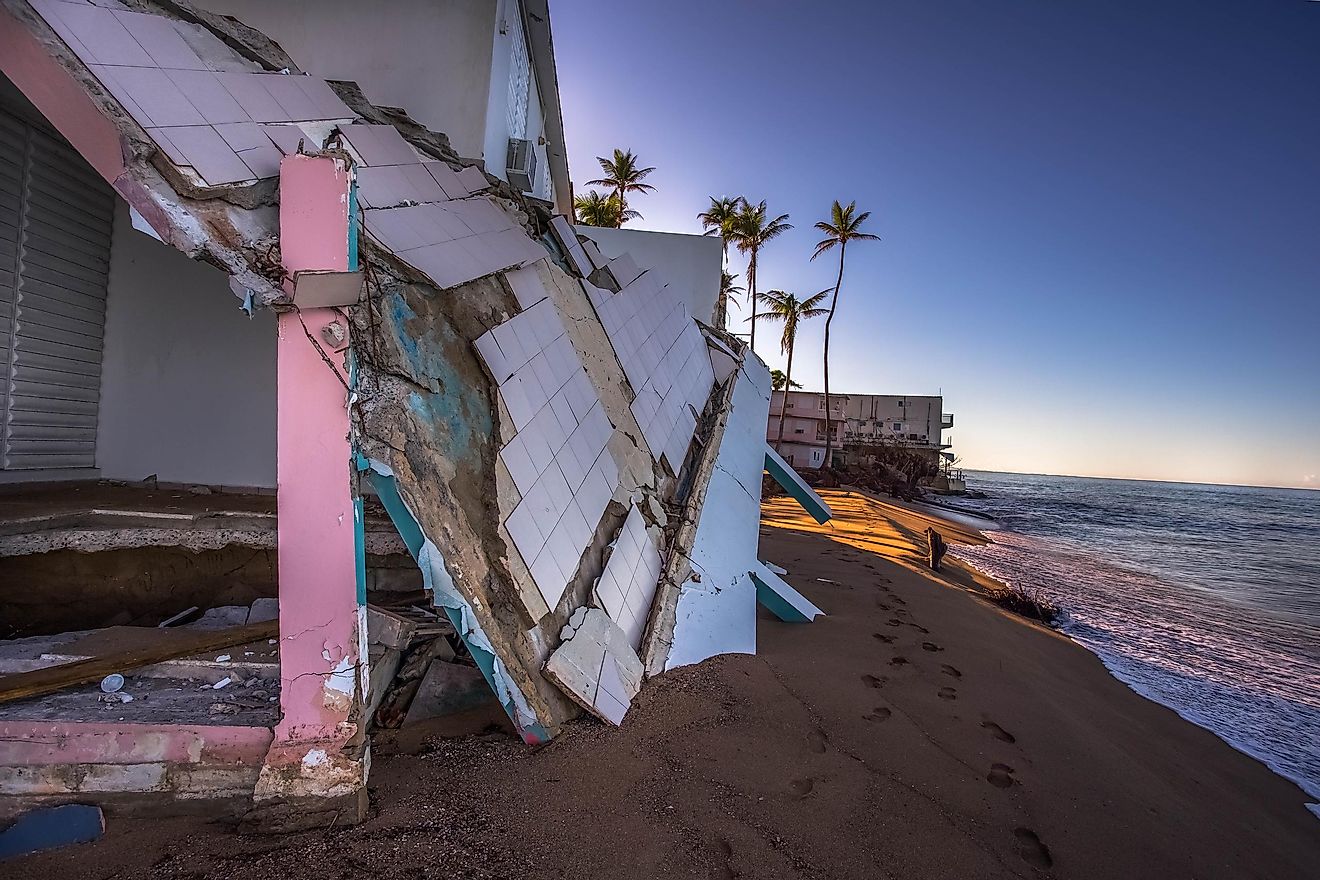
The very word “hurricane” is derived from the Taino language. They hit Puerto Rico about every three or four years, almost twice as often as Florida. When Hurricane Maria hit the island in 2017, it devastated the entirety of Puerto Rico in its path. It was the strongest storm to reach the island in 90 years. With wind gusts over 100 mph accompanied by heavy rain, the power grid was completed crippled leaving residents without power.
The island also lies along a fault line making it susceptible to earthquakes. From late 2019 to 2020 the southwest part of Puerto, still scrapping with the effects of Hurricane Maria, was hit with a series of damaging earthquakes. Each earthquake hit with a magnitude of 5 or greater.
2. Tourism in Puerto Rico Today
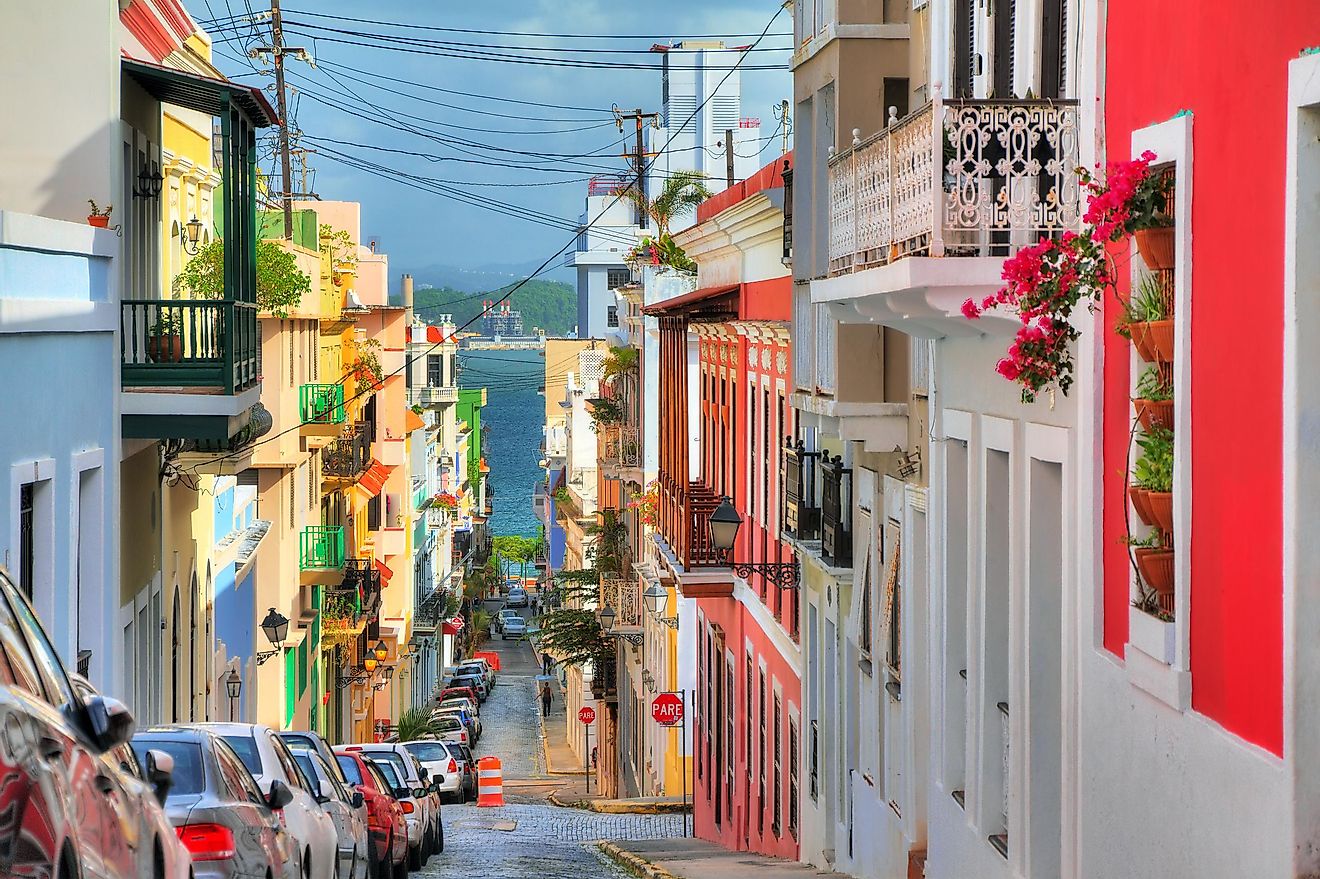
Puerto Rico had been struggling with recession for almost a decade prior to Hurricane Maria and the earthquake destruction. Prior to the COVID-19 impact, Puerto Rico was making great strides in recapturing its share of the tourism market it so heavily relies on. Almost all hotels are available for bookings and demand was getting back to its levels prior to the Hurricane Maria. The Puerto Rican community feels confident it will again flourish as it has in the past.
1. How the Island got its Name
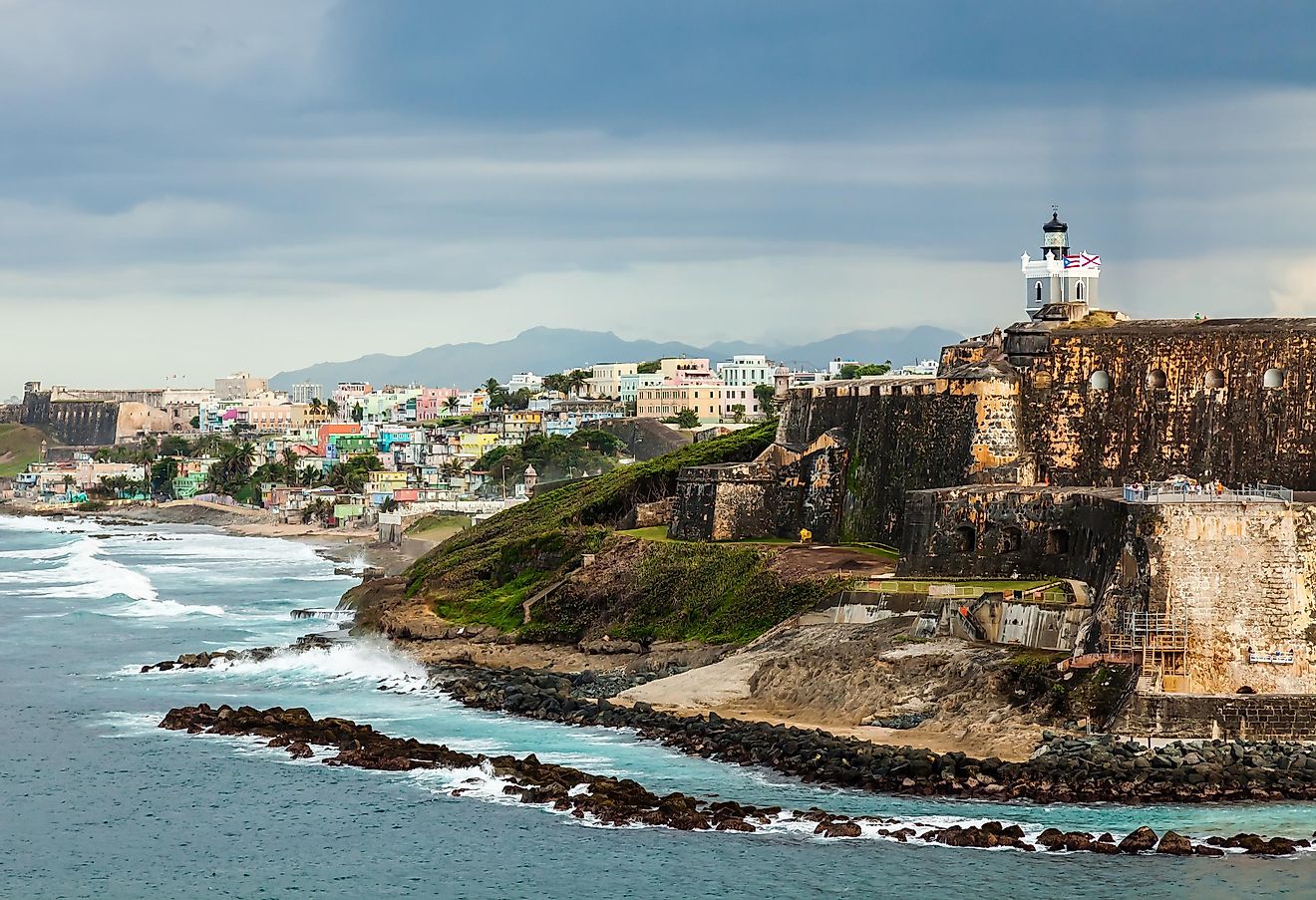
The Puerto Rican motto is an odd one: “John Is His Name.” It may derive from the confusion over what the island was actually called. Christopher Columbus named it San Juan Bautista, after John the Baptist. The main city became Puerto Rico or “rich port.”
Somehow, those two got reversed and by the mid 18th century, the city was called San Juan and the island Puerto Rico.







